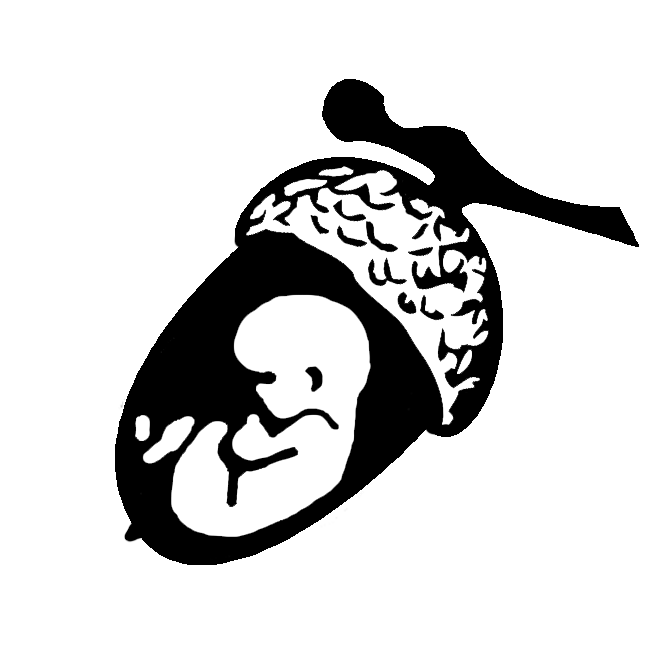Okay, not talk, communicate, just not in the conventional sense. The early noises that generally pre-curse a cry can be differentiated and do mean different things. Then there’s the body language, some obvious and some individual to the child.
Let’s start with the cries:
Priscilla Dunstan teaches that babies make sound reflexes. Much like sneezing and hiccuping that have recognisable patterns (when sound is added to the reflex), so too do babies cries. She outlines 5 of these sounds in ‘Dunstan’s Baby Language‘. We found this to be extremely helpful, but not fool-proof, as all babies vary in their annunciating. The five sounds she outlines are:
NEH – Hungry
EH – Upper Wind
HEH – Discomfort
OWH – Tired
EAIRH – Lower Wind
Not all babies will use all these sounds, according to Priscilla, some you may hear a lot, others occasionally and some never. We have heard all 5, lucky us, but some have been very rarely used or heard.
The sound for hungry is NEH, the neh coming from the suckling reflex. We did not hear this properly until our little one had his tongue tie snipped at 4 weeks, until then it was more an EH (which DBL teaches is upper wind). Once the tongue had been freed we heard it multiple times a day and used it to our full advantage.
We have had some difficulty differentiating between our little ones EH and EAIRH sounds, most likely our bad ears (We certainly don’t have Priscilla’s photographic memory for sound). We would try to help ease lower wind pain and promptly get a large release of upper gas! We have heard these fairly regularly and only time will tell if our ears become trained to know the difference between these two.
The discomfort sound HEH didn’t really appear to us until around 4 or 5 weeks. Maybe we missed it, maybe we kept him so comfy he had no use of it (I doubt it, but enjoy a bit of wishful thinking). We found if we weren’t paying attention it could be missed entirely or mistaken for playful sounds. They were not loud or abrupt, but more akin to rapid or heavy breathing. This developed into the typical sounding HEH as he grew and became more aware. We would hear this sound several times a week.
The tired sound of OWH (yawning reflex) first appeared at approximately 6-7 weeks. By approximately 9 weeks old we had heard this no more than a couple of times. It was very distinct and we understood it immediately and heard it more as his night-time sleeping increased and his daytime sleeping reduced.
Body language:
Body Language can be ambiguous and not always as straight forward as DBL’s pre-cries. Some are common and easily understood whilst others completely individual to your child. Here is a list of some examples we have found or had mentioned to us. Your baby may do some if these or none of these. Even if they do, it does not necessarily mean the same thing.
Ear Pulling or Hiccupping; May mean your baby is getting tired.
Gaze aversion; May mean your baby is tired or over-stimulated.
Pulling up legs; Can simply be a reflex action to indicate upset, not always an indication of abdominal pain.
Going red; Can mean the little one has been crying for too long or is overheated, not necessarily in pain or constipated.
Blue outline to lips; Could mean your baby has trapped wind.
Sticking tongue out, putting fist in mouth or fidgeting; Could mean your baby is hungry.
Rooting (A head-turning and sucking reflex towards a stimulus, apparent in young babies); Generally indicates hunger.
Clenched fists tightly; Can indicate hunger. Their fists become loose when sated (it’s more noticeable once grasp reflex gone somewhere around 2-6 months).
Head butting, head shaking (like saying no) and drooling; Can indicate hunger.
Wiggling down when on shoulder or throwing in direction of breast; Can also indicate hunger.
I hope these make communication with your little one easier and less frustrating. Bare in mind your little one is as individual as you are, as are their queues and body language.
Good Luck!
-J

